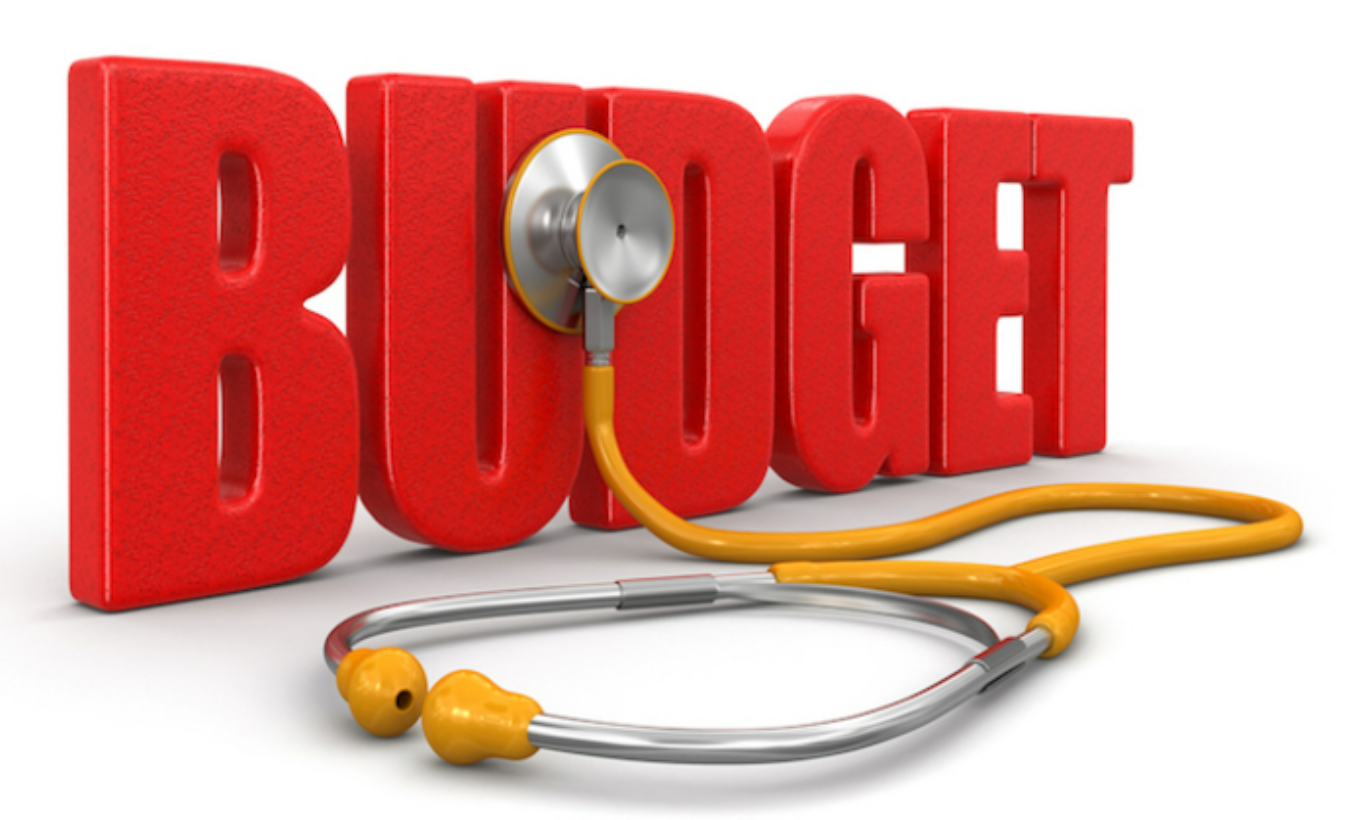Compulsory health insurance (CHI) in Belgium is provided through five private, not-for-profit national associations of sickness funds, one fund for railway personnel, and one public sickness fund. It is managed by the National Institute of Health and Disability Insurance, a public body that allocates a prospective budget to the sickness funds to finance the healthcare costs of their members. Coverage for health services is nearly universal: 99% of the population are covered, while the other 1% have not met the administrative requirements.
The federal authorities in Belgium are responsible for regulating social health insurance (SHI), health products and health professions. Additionally, they oversee the establishment of ambulatory and hospital budgets. Regions and communities (federated entities) are in charge of health promotion and prevention, organising primary care services, managing social services and community care, financing hospital infrastructure and major medical equipment, and setting standards for hospital licensing.
[Funding and health expenditure]
Belgium’s per capita spending on health amounted to EUR 4 168 [in 2021], which is slightly above the EU [European Union] average. When measured as a proportion of GDP, Belgium’s health expenditure was similar to the EU average, reaching 11.0 % in 2021. Public spending made up 77.6 % of overall health expenditure, while out-of-pocket payments accounted for nearly 18 % of total spending – a share above the EU average of 14.5%. In 2021, Belgium’s per capita spending on health amounted to EUR 4 168, which is slightly above the EU average.
In 2021, government and compulsory SHI accounted for 77.6% of all current health expenditure – a slightly lower share than the EU average. Conversely, private health spending made up a larger share (22.4%) of spending than the EU average of 18.9%, mostly reflecting the greater contribution of direct out-of-pocket spending (17.9% compared to 14.5% across the EU) and, to a lesser extent, voluntary health insurance… Nearly 37 % of health spending was allocated to inpatient care, which exceeded the EU average both in per capita terms and as a share of total health spending[2].
References
[1] “Belgium”. World Bank Open Data. Accessed 11 Mar. 2024.
[2] Belgium: Country Health Profile 2023. European Observatory on Health Systems and Policies, 2023.



